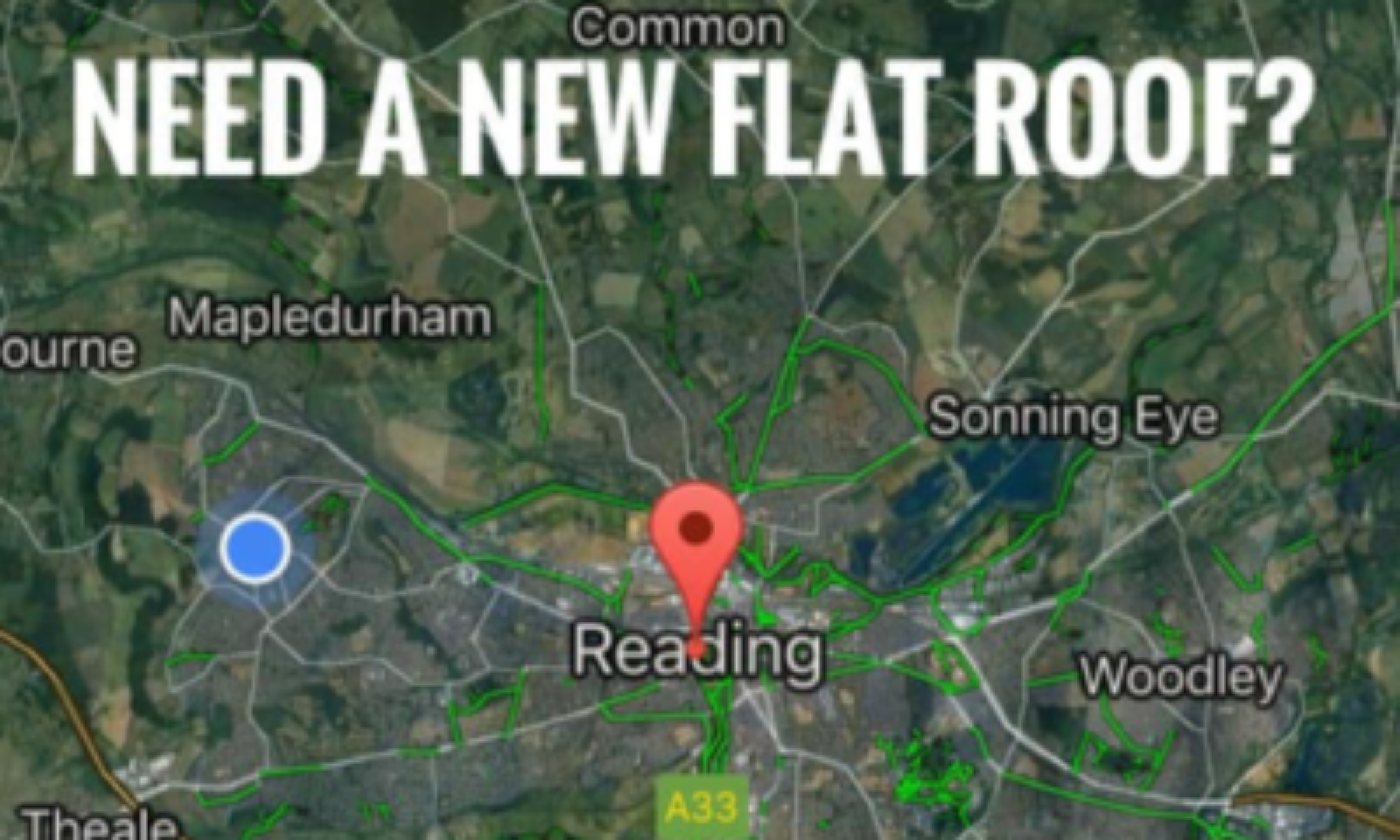The length of time it takes to replace a flat roof in the UK depends on a number of factors, including the size and complexity of the roof, the type of materials being used, and the weather conditions. In general, a small to medium-sized flat roof can be replaced within 1-2 days, while a larger or more complex roof may take several days or even weeks to complete.
The replacement process typically involves the following steps:
- Removing the old roofing material: This involves stripping away the old roof covering, insulation, and any damaged decking or substrate.
- Inspecting the roof structure: Once the old material is removed, the roof structure will be inspected for any signs of damage or deterioration, and any necessary repairs will be made.
- Installing new insulation and decking: A new layer of insulation and decking will be installed to provide a solid, stable base for the new roof covering.
- Applying the new roofing material: The new roof covering, whether it be single-ply membrane, built-up roofing, or another type of material, will be installed in layers to create a waterproof seal.
- Finishing touches: The new roof may include features such as flashing, gutters, and skylights, which will be installed during the final stages of the process.
Throughout the process, the roofing contractor will work to ensure that the site is kept safe and tidy, and will take steps to minimize any disruption to your home or business. It’s important to choose a reputable and experienced roofing contractor to ensure that the work is done properly and efficiently.
